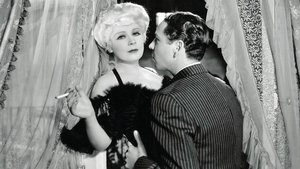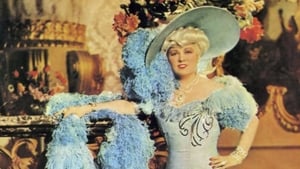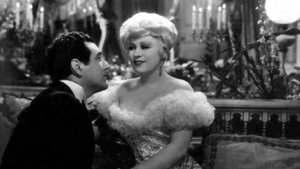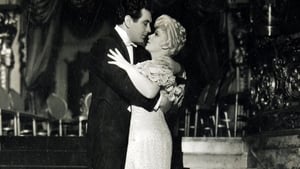Video Sources 0 Views
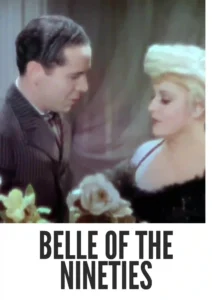
Synopsis
Sassy, Salacious, and Stunning: Belle of the Nineties (1934) in Vivid Color

Step back in time with Belle of the Nineties, a dazzling colorized film from 1934 starring the iconic Mae West. This film delivers a risqué blend of comedy, music, and romance set against the backdrop of New Orleans and St. Louis. Perfect for fans of classic film and Mae West, this HD download brings a bold and unforgettable piece of cinematic history to your screen.
Belle of the Nineties Storyline: A Diamond-Studded Adventure
Belle of the Nineties follows the story of Ruby Carter (Mae West), a charismatic and confident entertainer who finds herself entangled in a web of romance and intrigue. When her relationship with a boxer leads to trouble, Ruby embarks on a journey that takes her from the vibrant streets of New Orleans to the bustling city of St. Louis.Along the way, Ruby encounters a cast of colorful characters, including a charming card sharp named Ace Lamont (Roger Pryor). As she navigates love, ambition, and the challenges of her profession, Ruby remains true to herself, captivating audiences with her wit and charm. With musical numbers and sharp dialogue, Belle of the Nineties celebrates the allure and independence of its unforgettable leading lady.
Movie Cast
- Mae West as Ruby Carter
- Roger Pryor as Ace Lamont
- John Mack Brown as Tiger Kid
- Katherine DeMille as Molly Brant
- James Donlan as Brooks
Movie Genre
Belle of the Nineties falls into the genre of bawdy comedy, with elements of music and romance that are characteristic of Mae West’s unique style. Its witty dialogue and confident characters make it a funny and engaging film.
Historical Context
Released in 1934, Belle of the Nineties showcases Mae West at the height of her career, pushing the boundaries of what was acceptable on screen. The film was released during a period when Hollywood was grappling with censorship, making West’s unapologetic portrayal of female sexuality all the more groundbreaking. Belle of the Nineties reflects the changing social attitudes of the time and solidified Mae West’s status as a cultural icon.
Colorization Details
This colorized version of Belle of the Nineties has been carefully restored using modern digital techniques, enhancing the visual appeal while preserving the film’s original charm. The colorization process involved analyzing the grayscale tones of the original black and white footage and assigning appropriate colors to each scene. This meticulous process brings new life to the characters and settings, making the story even more engaging for modern audiences.
Technical Details
- Director: Leo McCarey
- Screenplay: Mae West
- Cinematography: Karl Struss
- Edited by: LeRoy Stone
- Production Company: Paramount Pictures
- Distributed by: Paramount Pictures
- Runtime: 73 minutes
Technical Specifications
- Download Format: MP4
- Resolution: HD (1080p)
- Compatibility: Compatible with most devices, including smartphones, tablets, computers, and smart TVs.
Reviews and Critical Reception
Belle of the Nineties is celebrated for Mae West’s performance and its bold and witty script. The film solidified West’s status as a box office draw and a cultural icon, known for her confident persona and unapologetic sensuality.
FAQs
- Q: What is Belle of the Nineties about?
- A: Belle of the Nineties is a comedy about Ruby Carter, an entertainer who navigates love and ambition in New Orleans and St. Louis.
- Q: What makes Belle of the Nineties significant?
- A: The film showcases Mae West at the height of her career, pushing the boundaries of what was acceptable on screen and solidifying her status as a cultural icon.
- Q: Is this version of Belle of the Nineties colorized?
- A: Yes, this version has been professionally colorized to enhance the viewing experience.
- Q: What is the download format?
- A: The download format is MP4, which is compatible with most devices.
- Q: What resolution is the download?
- A: The resolution is HD (1080p), providing a high-quality viewing experience.
Download Now in HD!
Watch Belle of the Nineties Today!
